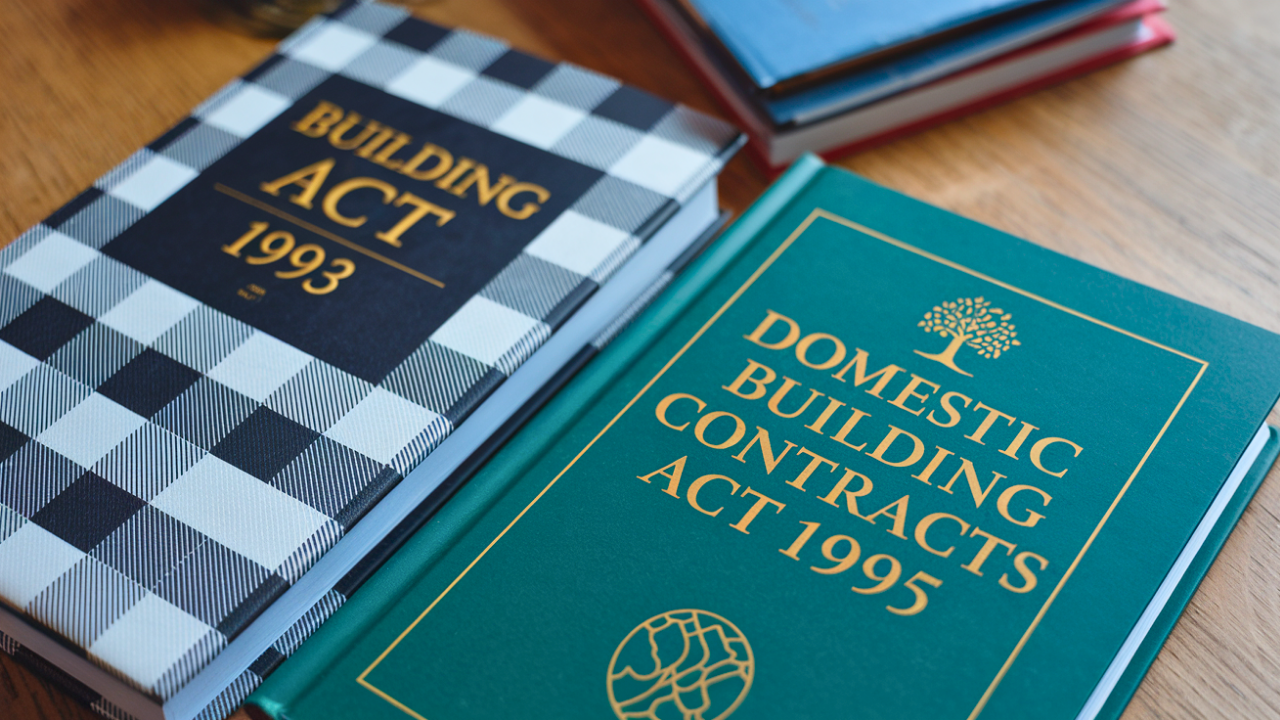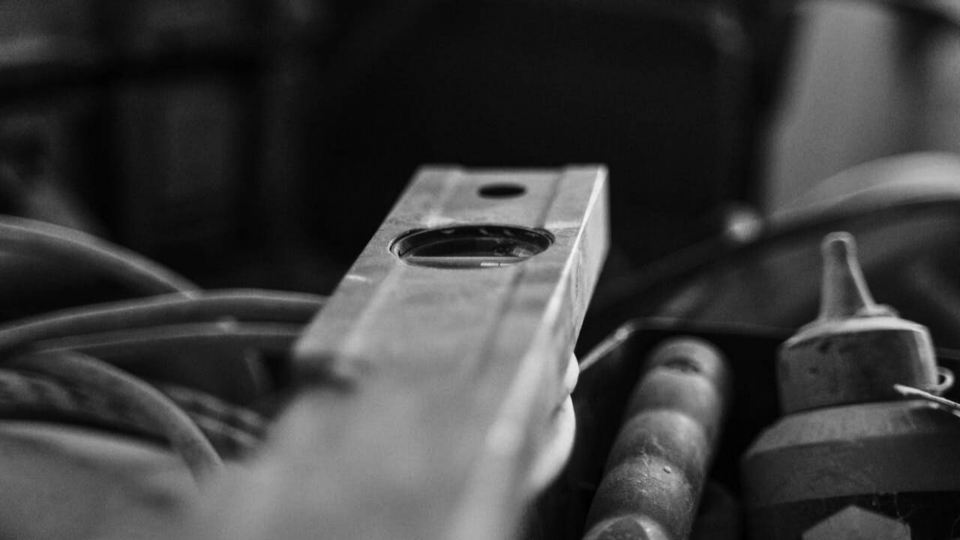
Homebuyer vs Owner-Builder:
A VCAT Dispute Over Defects and Compensation
In a ruling from the Victorian Civil and Administrative Tribunal (VCAT), a homeowner was awarded over $36,000 in damages plus interest due to multiple defects in a property purchased from an owner-builder. The dispute focused on 24 construction defects, and while some were agreed upon by both parties, others were contested, leading to an in-depth analysis by VCAT.
Key Defects in the Home
The home, purchased in December 2016, was approximately 7 to 8 years old by the time the defects were addressed in the VCAT case. Among the most significant defects identified were issues with the flooring and bathroom installations. For instance, the timber floors were found to be out of level, exceeding the acceptable tolerance of 4mm over a 2-meter span. Correcting this required the entire floor to be taken up and relayed, an expensive and labour-intensive process.
Additionally, the toilets had not been properly secured and were merely held in place with silicone, a clear breach of basic building standards. This alone required a costly repair that could have been avoided with proper installation from the start.
Bathroom and Waterproofing Issues
Inadequate waterproofing in the ensuite and bathroom showers was another major concern. There were no proper installation of water stops, an essential component in preventing water ingress and long-term damage to the structure. Both showers also lacked the required fall, further compounding the problem.
The grout between the bathroom tiles was poorly applied, leading to rough finishes and uneven grout lines—clear indicators of substandard workmanship that needed complete rectification. In addition to these concerns, other defects included poorly installed articulation joints between windows and brick walls, and the over-flashing installed incorrectly, which resulted in water being directed towards the house rather than away from it. These problems, while seemingly small, contributed significantly to the overall cost of rectifying the home. The court’s ultimate decision awarded the homeowner more than $36,000 to cover the cost of these repairs.
A central aspect of the case revolved around the warranties that are built into the sale of owner-built homes. Under section 137C of the Building Act 1993 (Vic), these warranties guarantee that all domestic building work is carried out to a proper standard, using good materials, and following legal requirements. This legal provision played a pivotal role in the homeowner’s ability to pursue compensation for defects, even though they were not the original party to the building contract.
Owner-Builder Responsibilities
Key Takeaways from the Case
The owner-builder defended some claims, but the tribunal ultimately found that several defects were significant enough to warrant compensation. Expert testimony from both sides was presented, with the tribunal often favouring more detailed evidence from the homeowner’s expert.
This case serves as a reminder that even minor construction oversights can snowball into significant legal and financial battles. It also highlights the importance of ensuring that owner-builders comply with all relevant building codes and standards, especially when selling properties.
For prospective homebuyers, this case underlines the importance of thorough inspections before finalising a purchase. For builders and owner-builders, the case serves as a cautionary tale about ensuring work is completed to code and with proper materials to avoid costly disputes down the line.
Our Blog
YOUR GO-TO RESOURCE HUB
Whether you’re on the hunt or have already settled in, we’ll arm you with the know-how and confidence to keep your home safe and compliant. With our guidance, you can make informed decisions and steer clear of common pitfalls.





